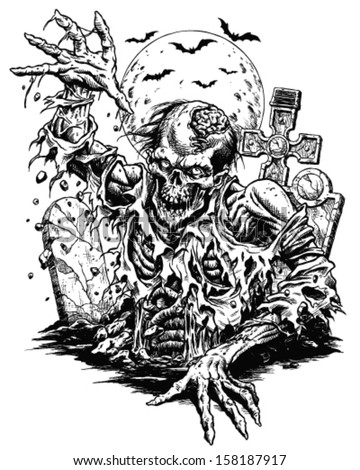The clip-art crowd likely cannot pay prices for good original art. The online PDF sites ("drivethru" etc) are jammed with cheap, cheap product. So judge those games accordingly, and promote good art games over others. Get online reviewers to review the total product - including art. Review games yourself and judge the artwork. When I have reviewed games, I review the art too, though I will also give allowances if the art was typical for the time (such as the not great art of the early years of D&D). Clip art use isn't going to go away unless its demonized as cheap. I don't see any problem with "wow, Ive seen this image by X too many times" to bring down a review because of a lack of original artwork. Some people will say it does or doesn't matter. But it does matter because people will judge the whole product.
I call BS on this.
I use a lot of stock art in my products because I publish primarily digitally, and original art for most digital-only products will eat away all of a small press publisher's production budget, along with months of income on that product to follow, by paying market art rates. I typically mix it with original art to put an individual stamp on the product, but if I find good stock art that fits the product, I'll use it. I also colour the stock line art that I use myself when possible to give it a look that will be unique to the Misfit Studios product. I've been doing this for 10 years.
EDIT: For example, I bought this stock art
And coloured it so it would become this (it's worth noting this product has received two 5/5 reviews @ OBS after being on sale for a few weeks, one of which mentions liking the cover and interior art, ALL of which is stock art):
I've yet to hear ONE complaint or bad review mentioning it in that decade. Not one. Plenty of good reviews on those same products, however.
Most gamers want good looking art that fits the product and aren't overly concerned about whether or not they've seen it before. They want the whole thing to come together as an appealing, usable product, and it's the rare person who will be dissatisfied because they've seen a piece of art used elsewhere unless it is used out of context -- 30 years of Palladium Books products shows that to be true.
What's more, "demonizing" stock art as "cheap" as a blanket statement is a ridiculous notion that attributes judgment to the product by merit of its corner of the market rather than the art itself. It's also funny because some of the better stock art is priced at the same (or even higher) prices than what I, as a small press publisher, can afford to pay for original art on some products. For example, Eric Lofgren licenses stock colour covers for $100 a pop through his website, which is higher than what many skilled artists working for small digital press companies will charge for quality work of the same size.
Is some stock art under-valued, overused, and just outright awful? Oh, god yes. Some of it is absolutely abysmal, and looks like it was drawn by a blind infant. Is some of it absolutely amazing, high-quality art? Oh, god yes.
And keep in mind that when you trash "stock art" that many of the industry's leading artist license some of their pieces as stock art because it's a nice source of additional revenue for them. It is not your place or mine to say their art becomes cheap and that they are doing themselves and other artists a disservice when they sell their work as stock art, and as a result their clients and the end consumers both seem happy with the outcome. These ladies and gents are COMMERCIAL artists, and that means serving the markets that will put money in their pocket.
Some of the artists I know who also sell licensed / stock art include Storn Cook, Jon Hodgson, Eric Lofgren, and Larry Elmore. Yes, Larry Elmore. Are you going to tell me their art is cheap and that these guys aren't still making good rates in the industry? Would you really try comparing these guys licensing their art via secondary publishing rights to being comparable to working for exposure or cheaply?
Artists who want to sell stock art aren't devaluing art overall, and they aren't undercutting original art. They are professionals selling a product that is in demand within an aspect of the industry that normally wouldn't be able to afford them, and strengthening their personal brand in the process. Like all jobs, being a commercial artist in this industry is an evolution requiring adaptation, and the growth in the digital press market means a smart commercial artist is looking for new ways to tap into that, and licensed / stock art is a great way to do so.
So, while it's unfortunate that you personally feel as you do, from your comment, I'll hold that up against the ten years of experience I personally have professionally using the resource you want to "demonize" as "cheap," along with having working relationships with several professional artists who make use of this sort of revenue source, that would indicate you are arriving at a conclusion that doesn't jive with what's actually happening, save perhaps in outlier instances such as "artists" who really have no talent jumping into the stock art field because there is no entry threshold to do so.


